If you’ve helped rescue a few kittens or found a stray litter that you want to support, it’s a good idea to find out how old the kittens are. It can help you work out what specific care they need.
It’s worth noting that stray kittens should never be separated from their mother or removed from their nest before you establish if the mother is coming back. Before you do anything, contact your local animal rescue organization for advice.
If you’re looking for a quick summary to find out how old your kitten is with key milestones of their growth, we’ve included a checklist at the bottom of the article!

The 9 Stages of Kitten Ages
Newborn Kitten
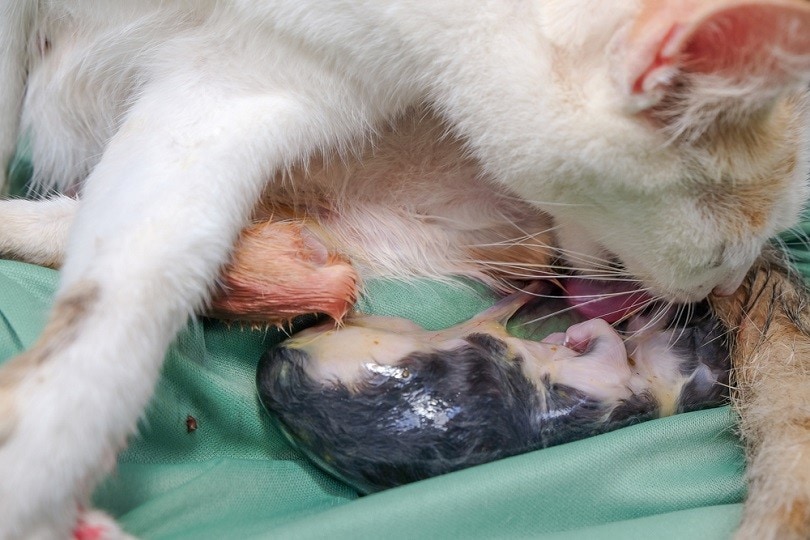
Newborn kittens will still have their umbilical cords attached. Their eyes will be closed and their ears folded over. Their paw pads and nose leather will be pink at this stage before they darken. Newborn kittens can’t yet see or hear, so they rely on their sense of smell. They’ll also search for the warmth and comfort of their mother cat or a similar heat source.
Newborn kittens can’t yet regulate their body temperature and must be kept warm with a constant heat source. Their body temperature will gradually increase from a newborn temperature of around 95°–100° Fahrenheit. The optimal temperature of their environment will be 85°–90° F.
By day 1, a kitten’s umbilical cord should be dried out; at around 5 days of age, it will fall off naturally. Don’t be tempted to remove it yourself; wait for nature to do its job!
At this age, kittens have no gag reflex, so take great care if you’re bottle-feeding orphan kittens. They need feeding every 1–2 hours and need help to defecate. The mother stimulates the pooping by licking the perianal area, so you will need to gently wipe it with a warm, moist cloth.
1 Week Old Kitten
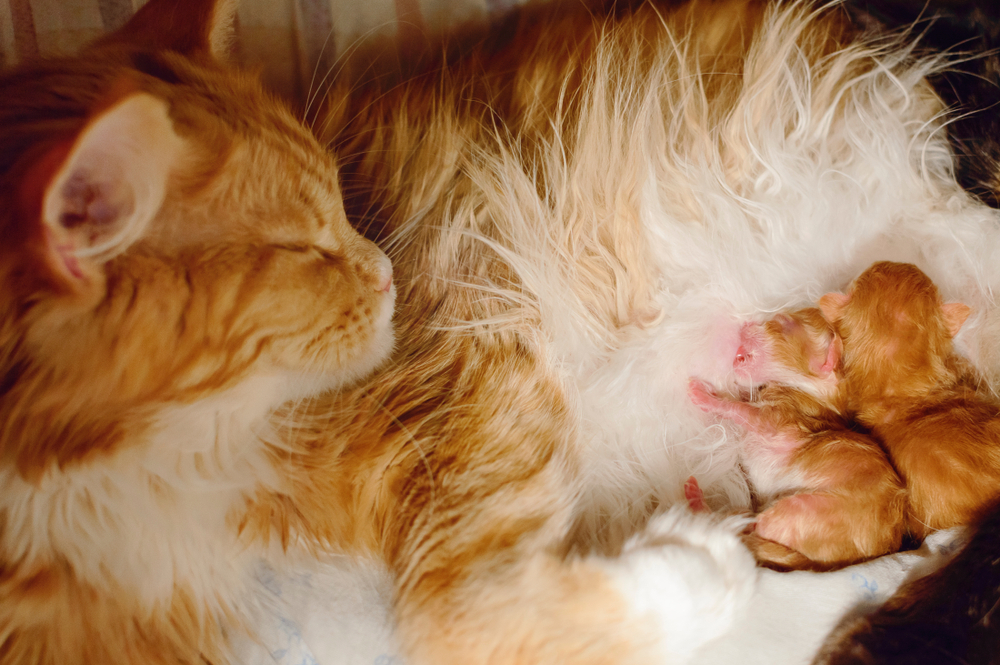
At this age, kittens still have their eyes closed, but their ears will start to unfold. Their eyes will slowly open from days 8-12. Don’t try to speed along this process; some kitten’s eyes open faster than their littermates, but they’ll all get there eventually! The kittens will all have blue eyes.
They can already purr and make kitten distress calls to attract the attention of their mother or you. By now, kittens should have doubled their weight at birth. They still can’t regulate their body temperature, so they are in danger of becoming too cold if their environment isn’t kept warm enough.
Week-old kittens spend 90% of their time snoozing and the other 10% eating. If you’re bottle-feeding orphan kittens, feedings can now be spread out to once every 2 to 3 hours. They still need help being encouraged to poo.
2 Weeks Old Kitten

By now, a kitten’s eyes are fully open, but their vision is still improving. Their ears will start to unfold more but are still somewhat rounded. These little cuties will start moving around but will be unsteady as they work out how to coordinate those paws.
At this age, kittens will start interacting with each other in addition to sleeping and eating. They may start kneading with their front paws, although they can’t yet retract their claws. Their environment needs to be kept at a steady 80 degrees. You can deworm kittens at this age using a wormer product designed for 2-week-old kittens.
Bottle-fed kittens can now be fed every 3-4 hours. They will still need help pooing.
3 Weeks Old Kitten
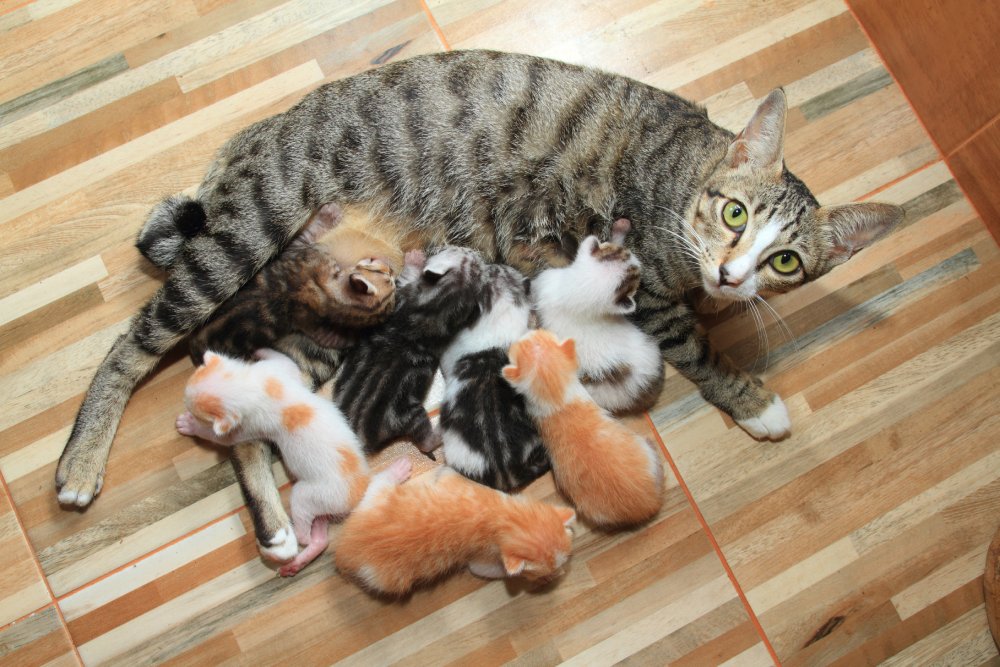
At this age, a kitten’s incisors will start to come through their gums. Their ears are now fully unfolded and pointed. By now, most kittens will be confidently walking around, albeit a little wobbly sometimes! They will also start exploring things outside their bed, including the litter box.
Kittens at this age still need a heat source, but the ambient temperature can be dropped to 75°. It’s now possible for an experienced handler to tell if kittens are male or female.
Bottle-fed kittens will now need to be fed every 4-5 hours. They’ll start making the transition from needing help to go to the bathroom to using the litter box on their own.
4 Weeks Old Kitten
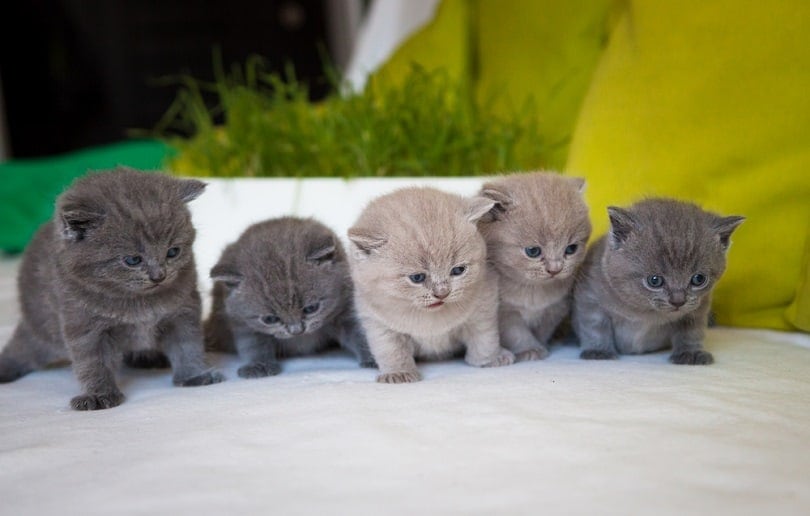
By now, a kitten’s canine teeth will start to erupt. They will be steadier on their feet and experiment with running and playing. Their coordination will be gradually improving.
They will spend more time playing, running, and interacting with each other until they fall asleep from sheer exhaustion. Now is a good time to interact with your kittens to build their confidence and make them happy around people.
Kittens can now regulate their body temperature to a certain degree, but you should still provide a source of heat and keep the ambient temperature at around 70-75 degrees. Bottle-fed kittens will need to be fed every 5 hours, but they should now be able to use the litter box independently.
5 Weeks Old Kitten
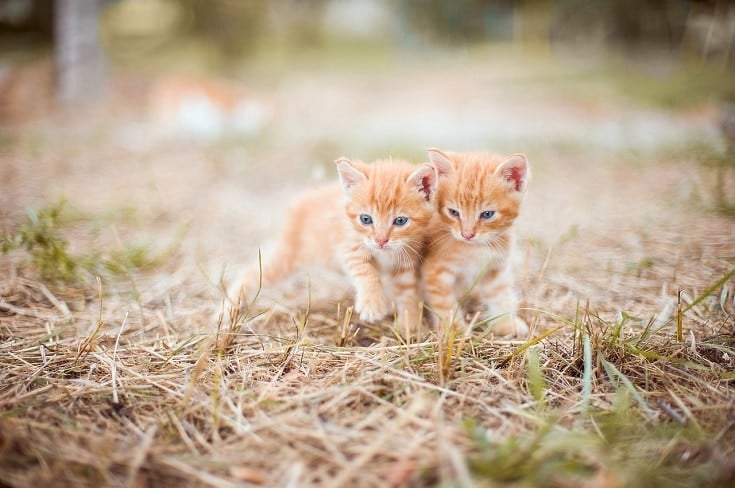
A kitten’s premolars will appear, which indicates that they can start being introduced to wet kitten food alongside their mother’s milk or kitten milk replacement powder. While kittens are being weaned, keep a close eye on their weight to ensure they are still gradually gaining a healthy amount.
Bottle-fed kittens can now be fed every 5-6 hours. By this age, all kittens should have food and water freely available at all times.
6 Weeks Old Kitten
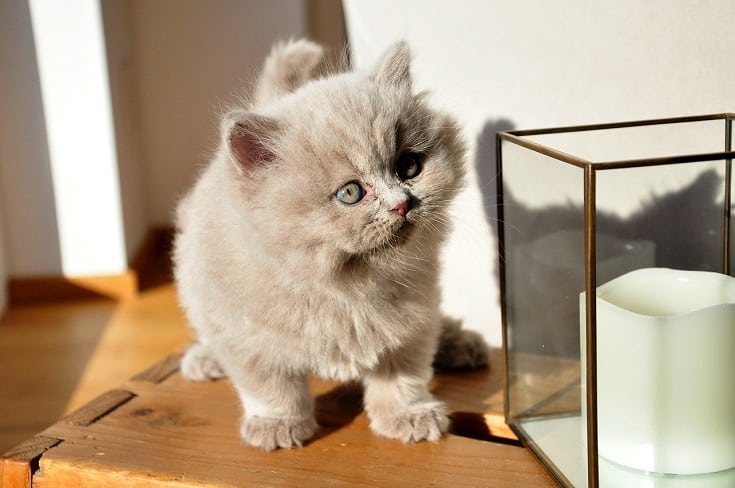
At 6 weeks old, a kitten’s milk teeth should be present. The kittens can continue being weaned on wet kitten food, and by the end of this week, they should be almost entirely eating wet food rather than their mother’s milk or bottled formula. Food and water should be available at all times.
Kittens will now be grooming themselves and each other! You can start to introduce them to a few new experiences, including exploring other cat-safe areas of the house, meeting other pets and people in controlled environments, and trimming their claws.
You can book an appointment for your kittens to receive their FVRCP vaccine at this age. This combination vaccine is designed to protect against feline viral rhinotracheitis, feline calicivirus, and feline panleukopenia.
7 Weeks Old Kitten

By 7 weeks old, most kittens will eat wet food offered freely throughout the day. Their eyes may change color from blue as their adult eye color emerges.
8 Weeks Old Kitten

Once a kitten is 8 weeks old, they’re ready to move to their new forever homes! Kittens over 2 pounds can also be booked for spaying and neutering procedures. By this stage, kittens will start forming strong bonds with their human caretakers, seeking you out for reassurance, cuddles, and playtime.
Summary: How Old Is My Kitten
Although it can be difficult to learn how to tell a kittens age, here are the critical milestones for each week of a kitten’s life.
- Umbilical cord is still attached
- Folded ears
- Closed eyes
- Needs to be kept warm because they can’t regulate body temperature
- Should weigh 50–150 grams
- Umbilical cord is now absent
- Folded ears
- Eyes start to open at 8–12 days (always colored blue)
- Cannot control own body temperature
- Should weigh 150–250 grams
- Trying to walk but wobbly
- Ears starting to unfold
- Should weigh 250–350 grams
- Ears fully upright
- Discovering objects like litter trays
- Incisors starting to emerge
- Should weigh 350–450 grams
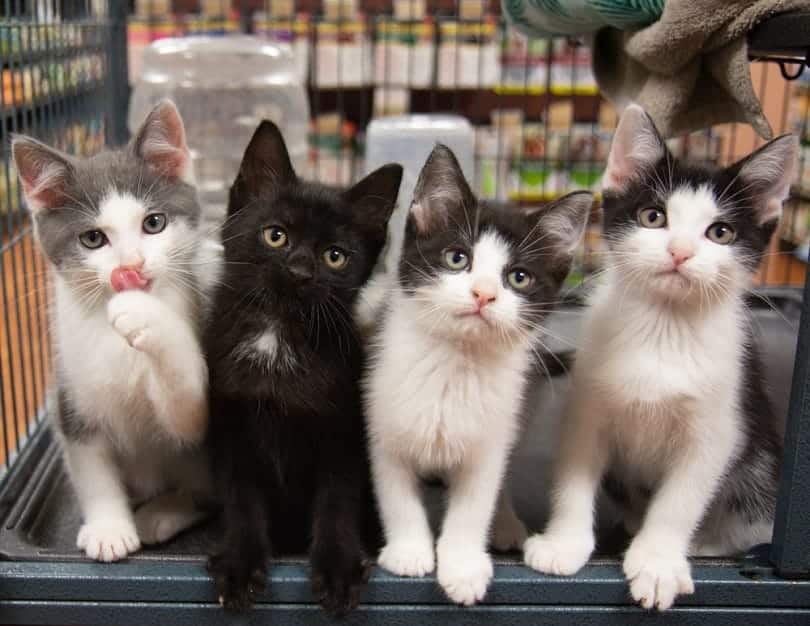
- Canine teeth emerging
- Steady when walking
- Able to see more clearly
- Should weigh 350–450 grams
- Premolar teeth starting to emerge
- Discovering and trying wet kitten food
- Should weigh 550–650 grams
- All milk teeth now emerged
- Eating kitten food
- Confident and steady on feet
- Should weigh 650–750 grams
- Adult eye color becoming apparent
- Playful and energetic
- Should weigh 750–850 grams
- Ready to travel to their forever homes!
- Can be spayed or neutered from this age onward
- Should weigh 850–950 grams
Next on your reading list:
- How Old is My Cat? Here’s How to Determine (With Pictures)
- When Are Cats Fully Grown? Here’s What Science Says
Featured Image Credit: Jaroslaw Kurek, Shutterstock
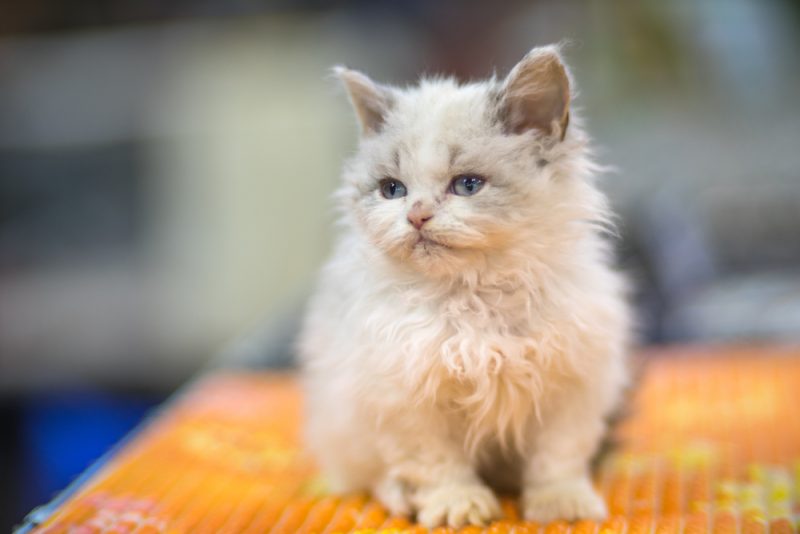


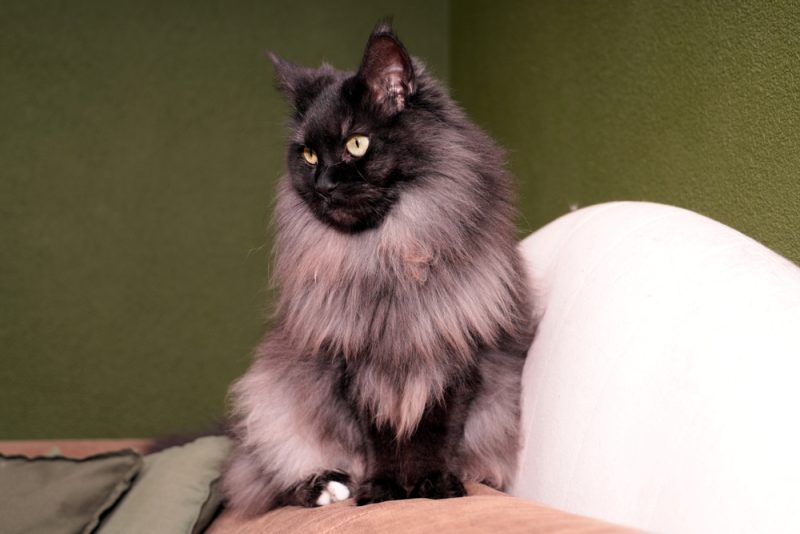
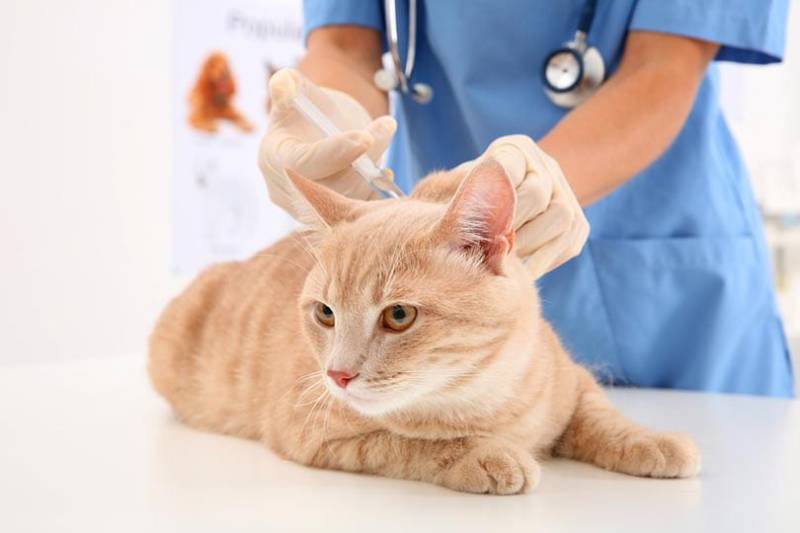
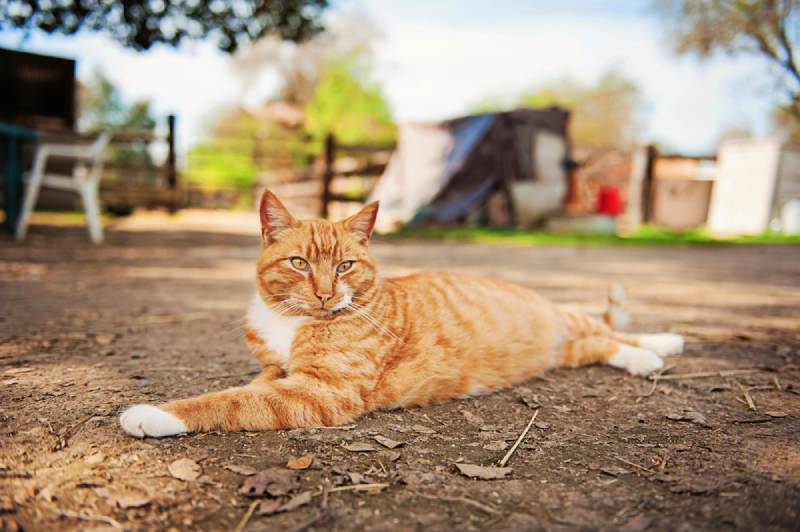
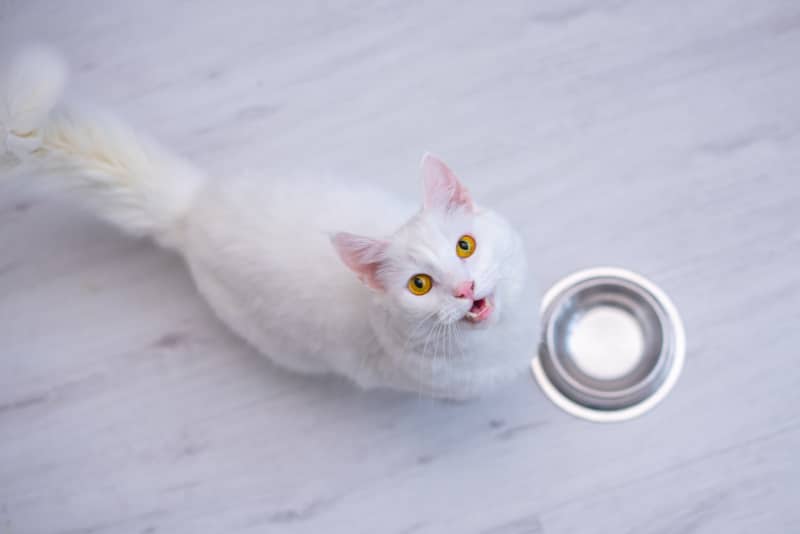

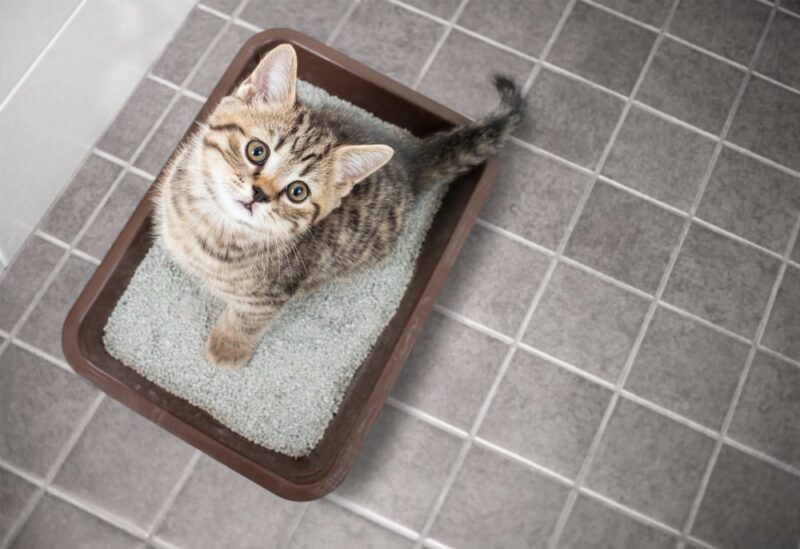
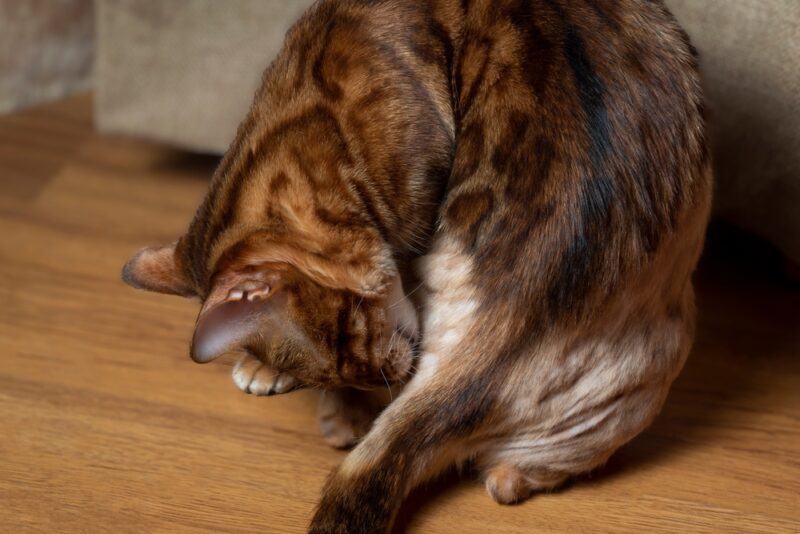
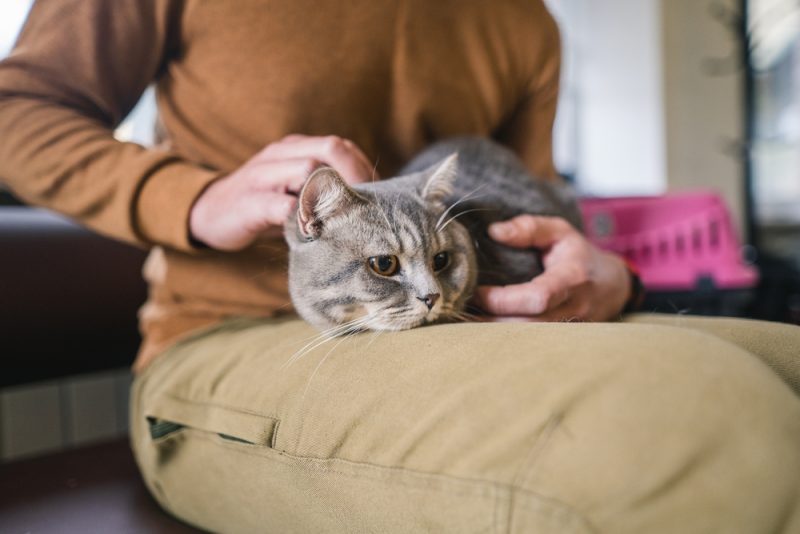
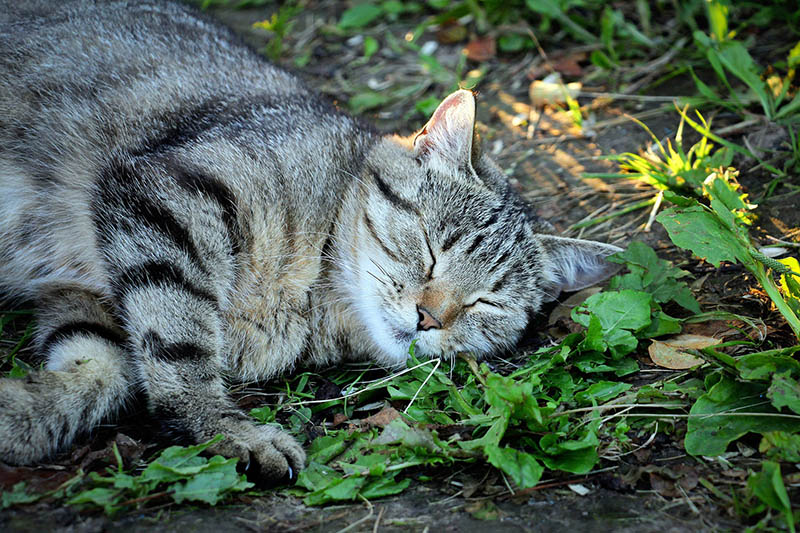
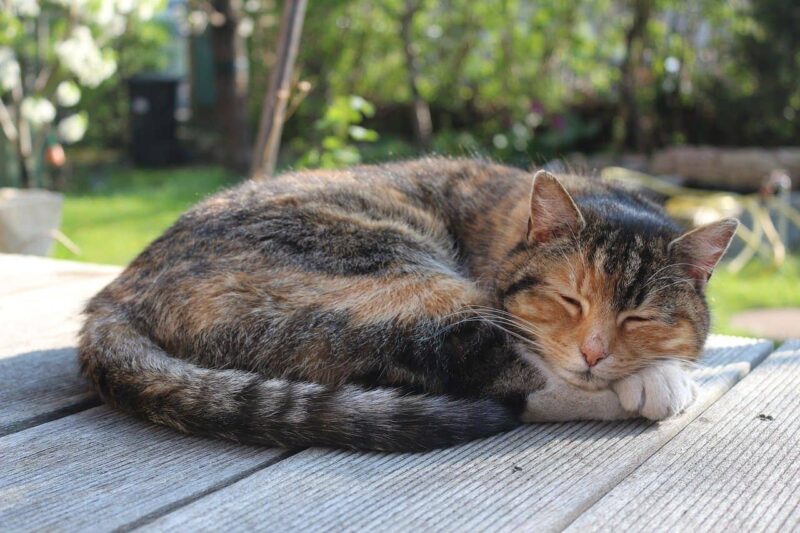

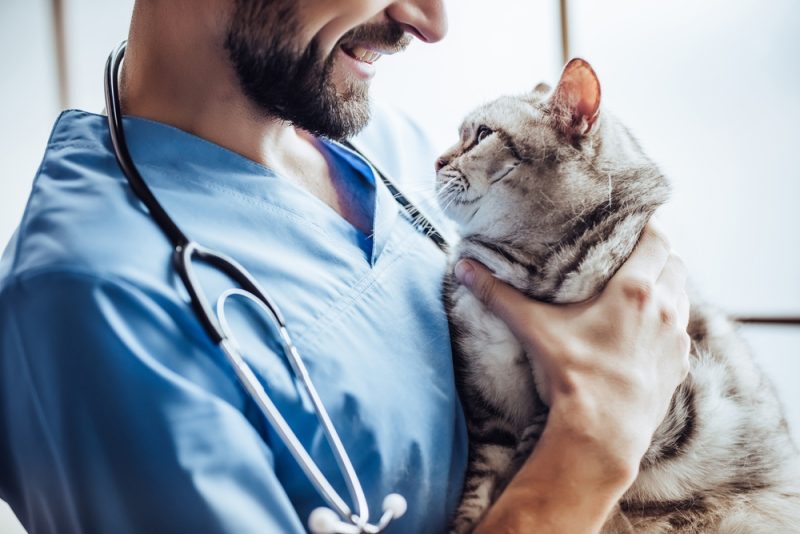
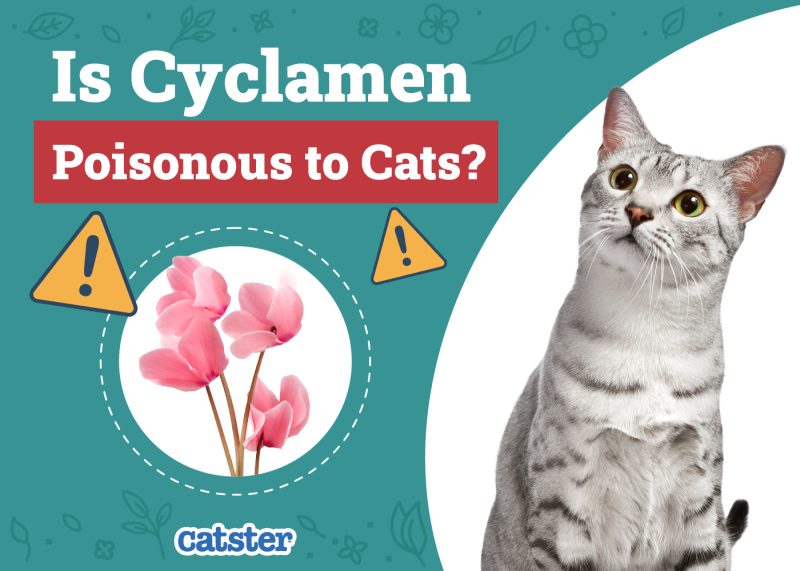
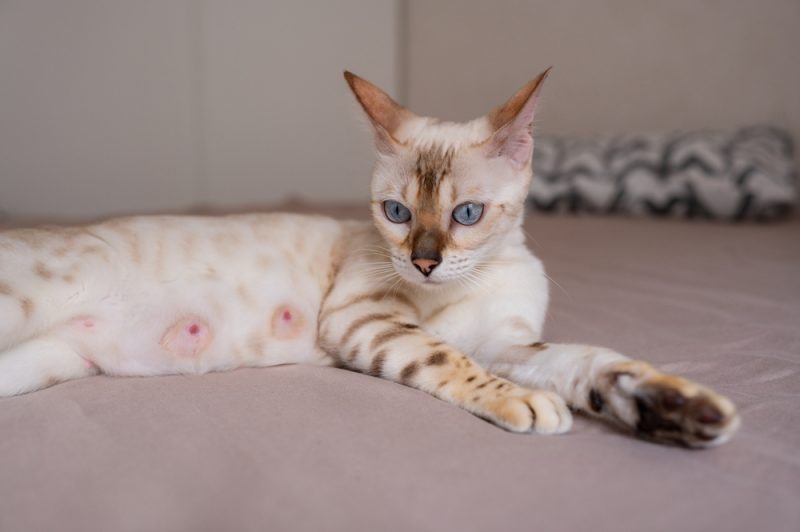
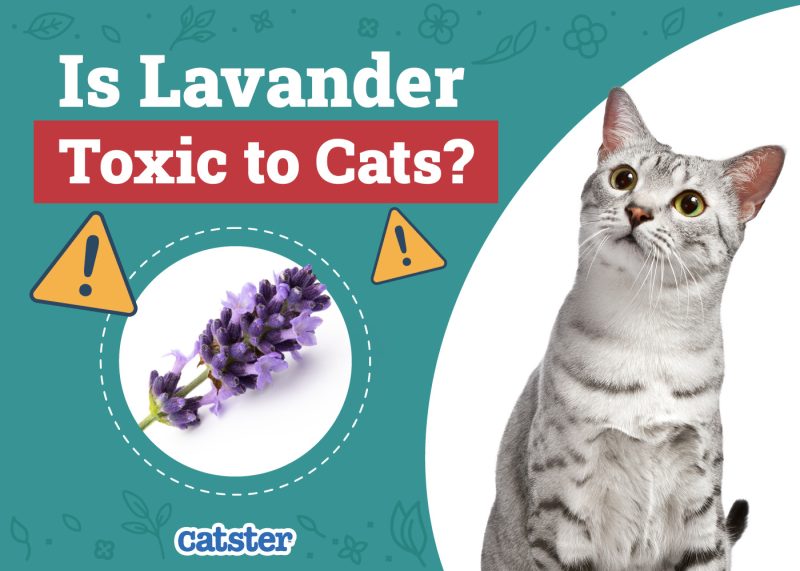

2 Responses
Excellent information about raising kittens! Thank you! Spain sounds lovely! I always wanted to go there.
It is great that you enjoyed the post, Denise! Thank you very much for your comment, we love to hear when our readers appreciate our posts. ????